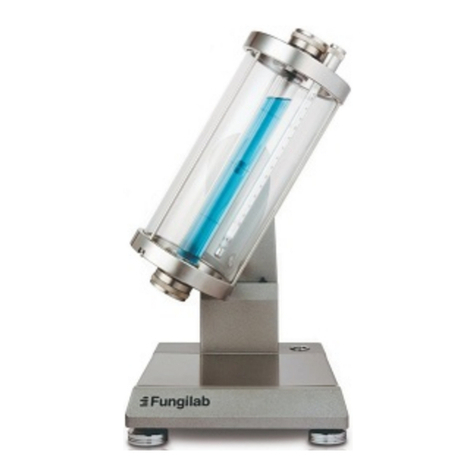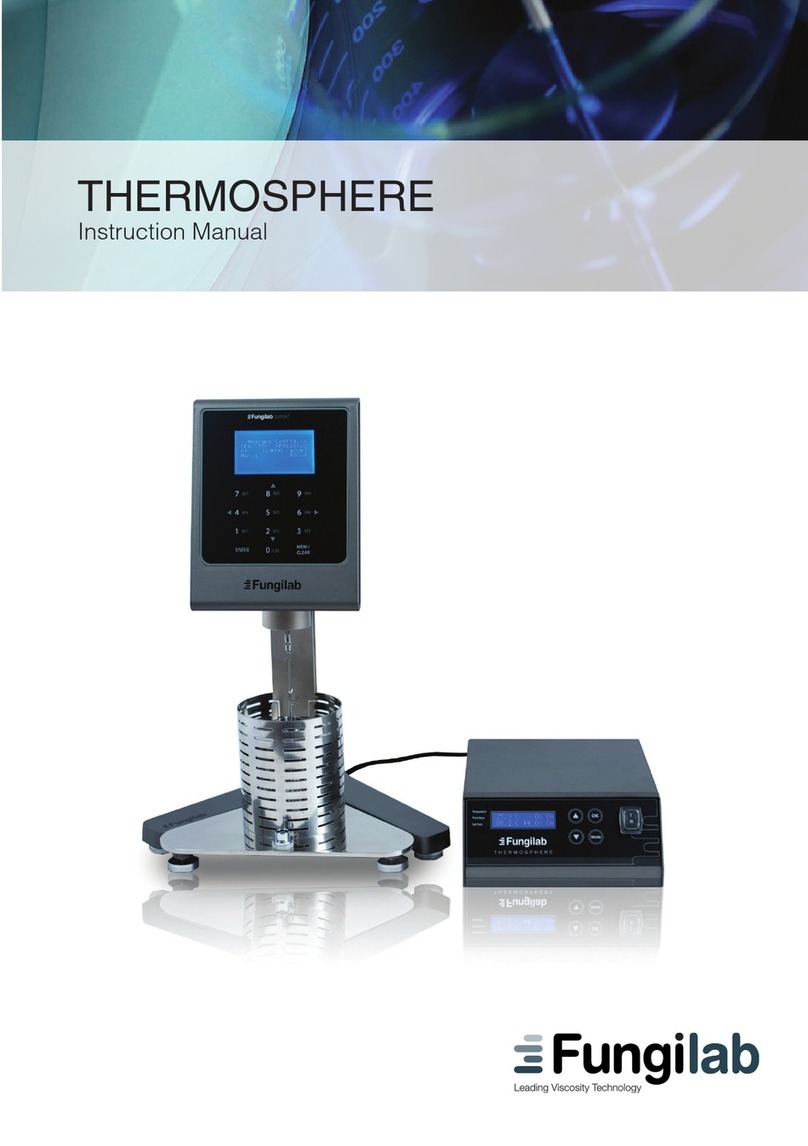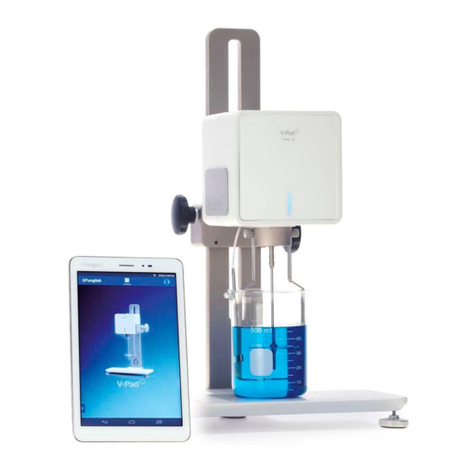
EVO EXPERT Manual 3/105
0. Table of Contents
0. Table of Contents.................................................................................................................. 3
1. Introduction......................................................................................................................... 5
2. Safety Instructions ............................................................................................................... 5
3. Symbols used in this manual ................................................................................................. 5
4. Conditions for use ................................................................................................................ 6
5. Maintenance ......................................................................................................................... 6
6. Equipment presentation......................................................................................................... 7
7. Equipment Description........................................................................................................... 8
7.1 Equipment set-up ................................................................................................................ 9
7.2 The keyboard and screen................................................................................................... 10
8. Menu system ...................................................................................................................... 13
8.1 The Main Menu................................................................................................................. 13
8.2 Instrument Setup menu ..................................................................................................... 14
8.2.1 Language (language change submenu)............................................................................ 15
8.2.2 Units. (Unit change submenu) ......................................................................................... 15
8.2.3 Density. (Default density change submenu)...................................................................... 16
8.2.4 Calibration (Calibration submenu) .................................................................................... 17
8.2.4.1 Reset .......................................................................................................................... 18
8.2.4.2 Viscosity Calibration ..................................................................................................... 19
8.2.4.3 Temperature calibration ............................................................................................... 26
8.2.5 Time Settings ................................................................................................................. 28
8.3 Measurement Configuration ............................................................................................... 29
8.3.1 Measurement Screen ...................................................................................................... 31
8.4 Test Profile ....................................................................................................................... 32
8.4.1 Writing Tests Profile (Edit Profile) .................................................................................... 32
8.4.1.1 Viscometer programming ............................................................................................. 33
8.4.1.1.1 TTT and TTS............................................................................................................. 33
8.4.1.1.2 Storage .................................................................................................................... 35
8.4.1.2 Measurement Configurations ........................................................................................ 36
8.4.2 Select Profiles................................................................................................................. 36
8.5 Programming .................................................................................................................... 38
8.5.1 TTT (Time to Torque) and TTS (Time to Stop).................................................................. 39
8.5.2 Speed settings................................................................................................................ 40
8.5.3 Multistep........................................................................................................................ 43
8.5.4 Ramp............................................................................................................................. 47
8.6 Options............................................................................................................................. 49
8.6.1 Storage.......................................................................................................................... 49
8.6.2 Communications ............................................................................................................. 50
8.6.3 Information.................................................................................................................... 54
8.6.4 Graphic Mode ................................................................................................................. 55
9. Important rheological information ........................................................................................ 57
10. Accessories ....................................................................................................................... 62
10.1. Low viscosity adapters (LCP and LCP/B)........................................................................... 62
10.1.1 Mounting...................................................................................................................... 63
10.1.2 Dismounting and cleaning ............................................................................................. 64
10.1.3 Technical specification for LCP accessories ................................................................... 64
10. 2. Small sample adapters APM and APM/B......................................................................... 65
10. 2. 2 Dismounting and cleaning ........................................................................................... 66
10. 2. 3 Technical specifications of APM and APM/B................................................................... 67
10.3 HELDAL UNIT –Helicoidal Movement Unit......................................................................... 68
10. 3. 1 Heldal unit Mounting................................................................................................... 69
11. Model/Spindle correspondence tables ................................................................................. 71
12. Model/spindle/oil calibration tables ..................................................................................... 73
Table 9. EVO L standard spindles selection ............................................................................... 74
Table 10. EVO L special spindle selection.................................................................................. 75
Table 11. LCP Adaptor for EVO L.............................................................................................. 76
Table 12. EVO R standard spindle selection .............................................................................. 77































